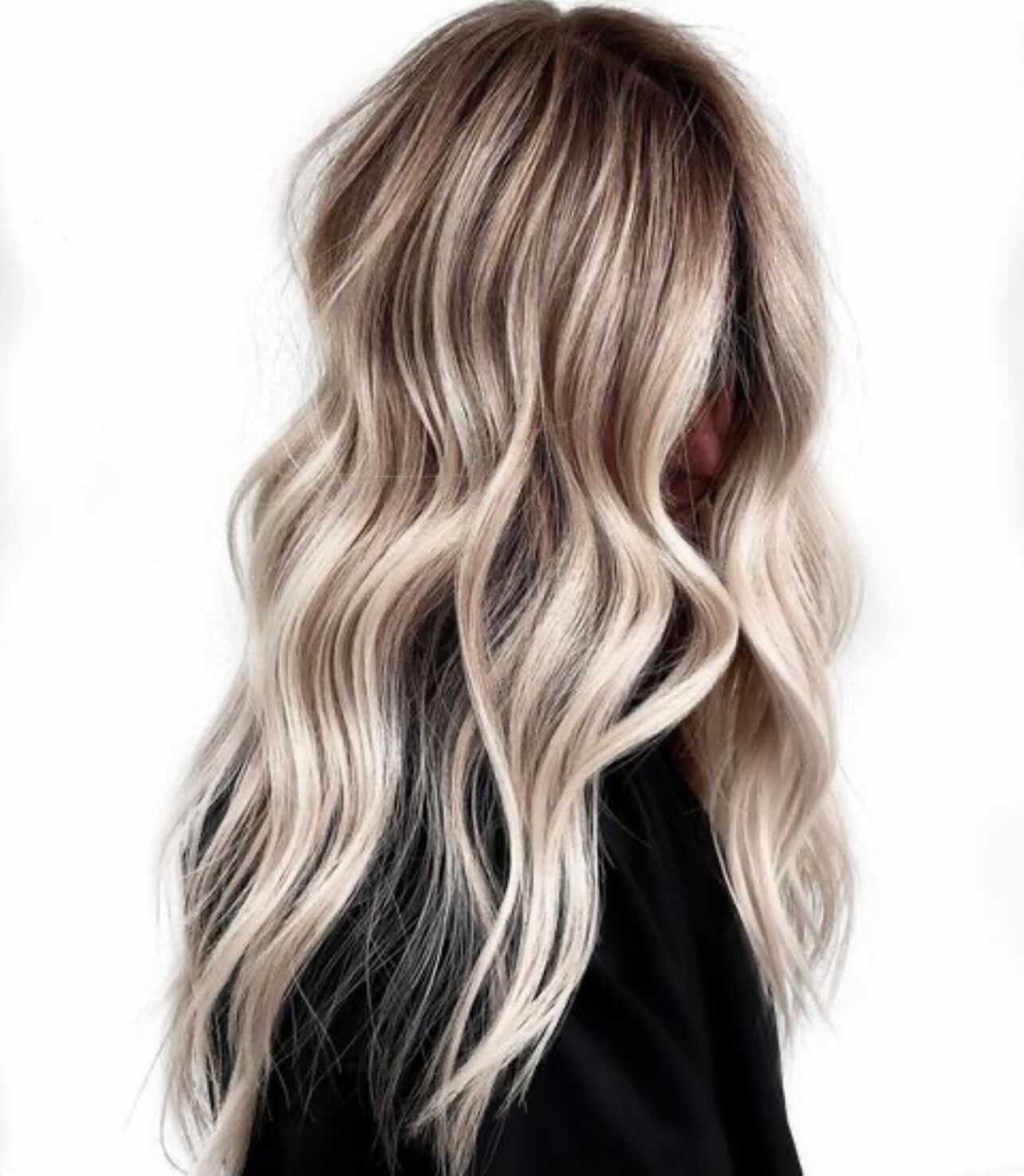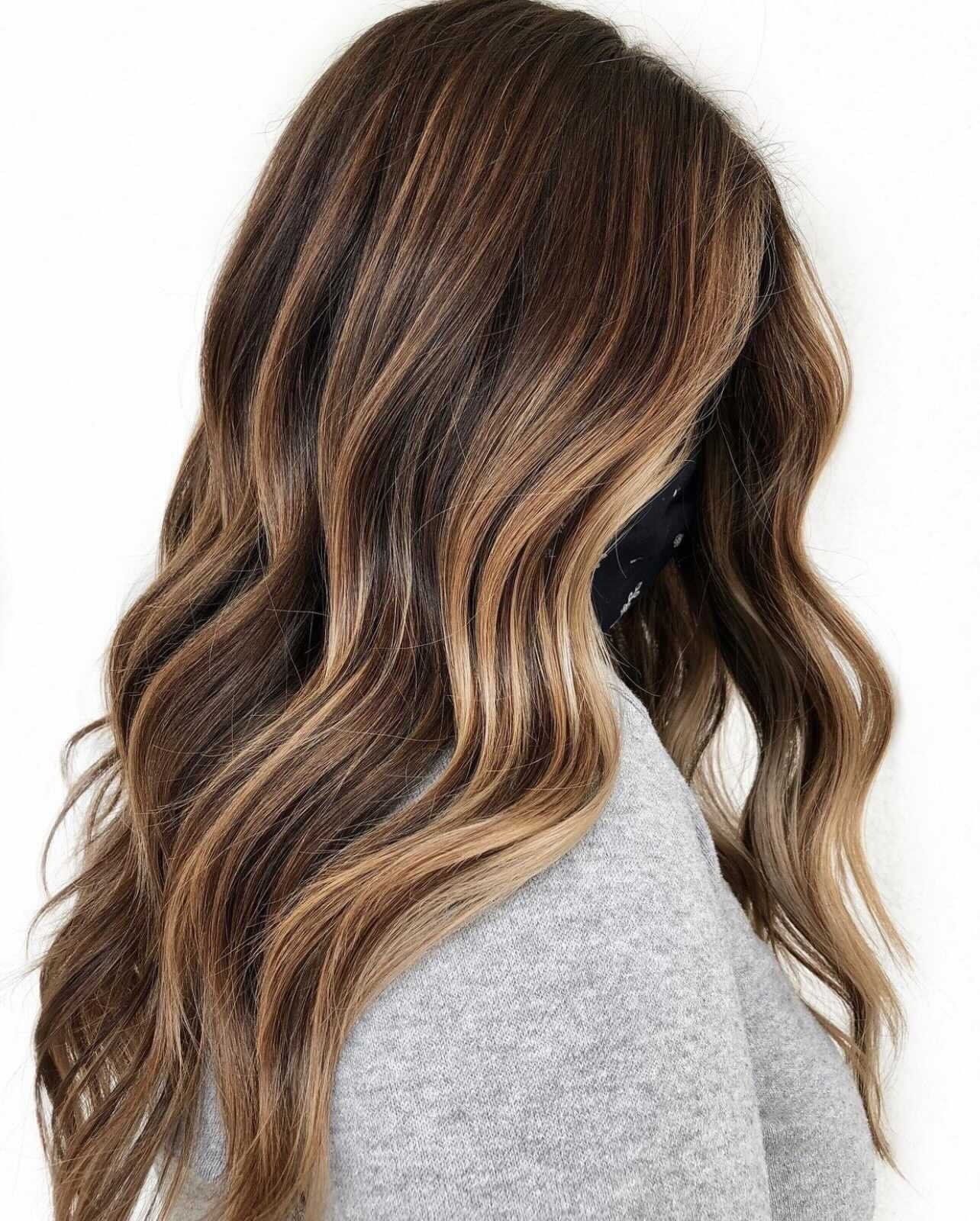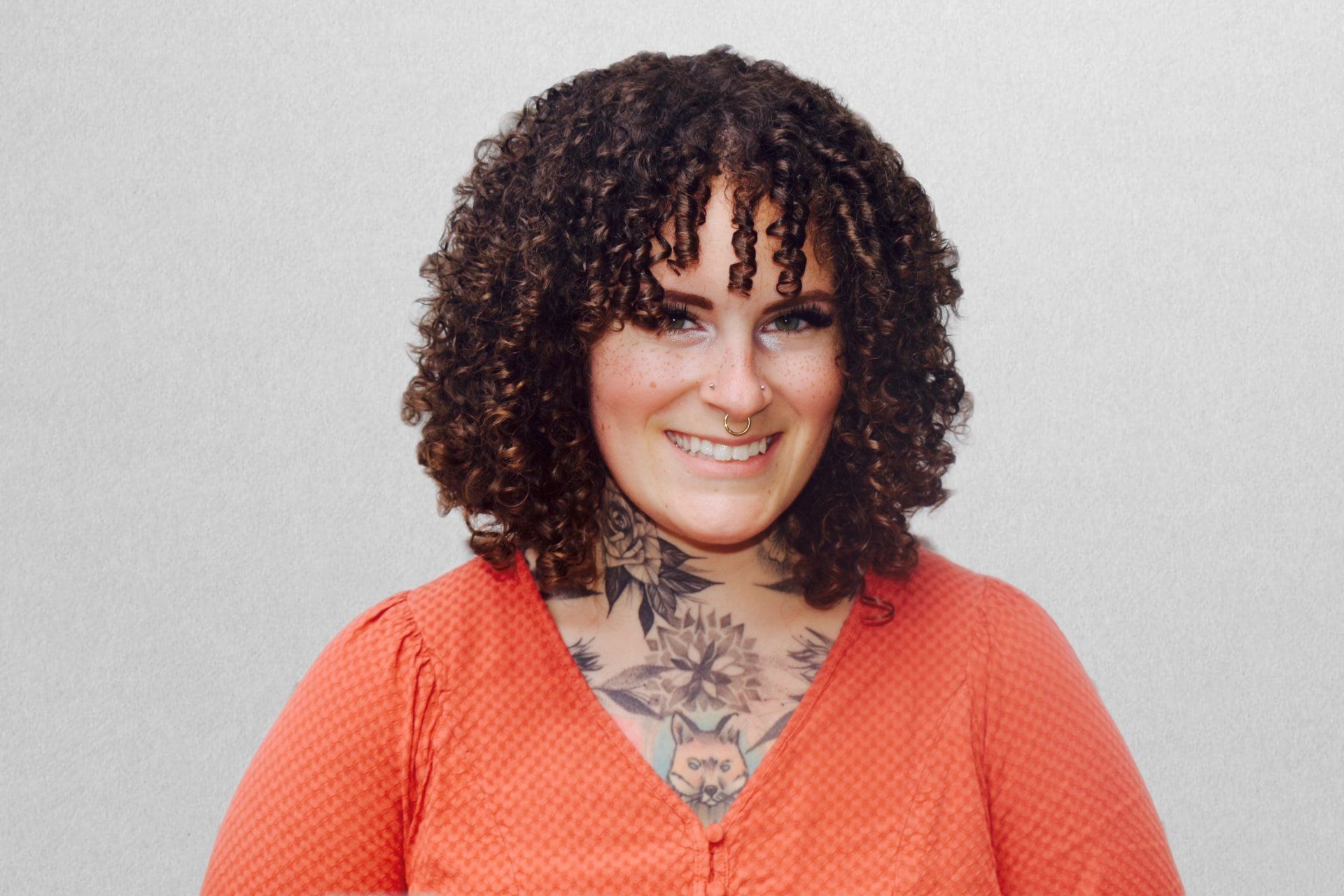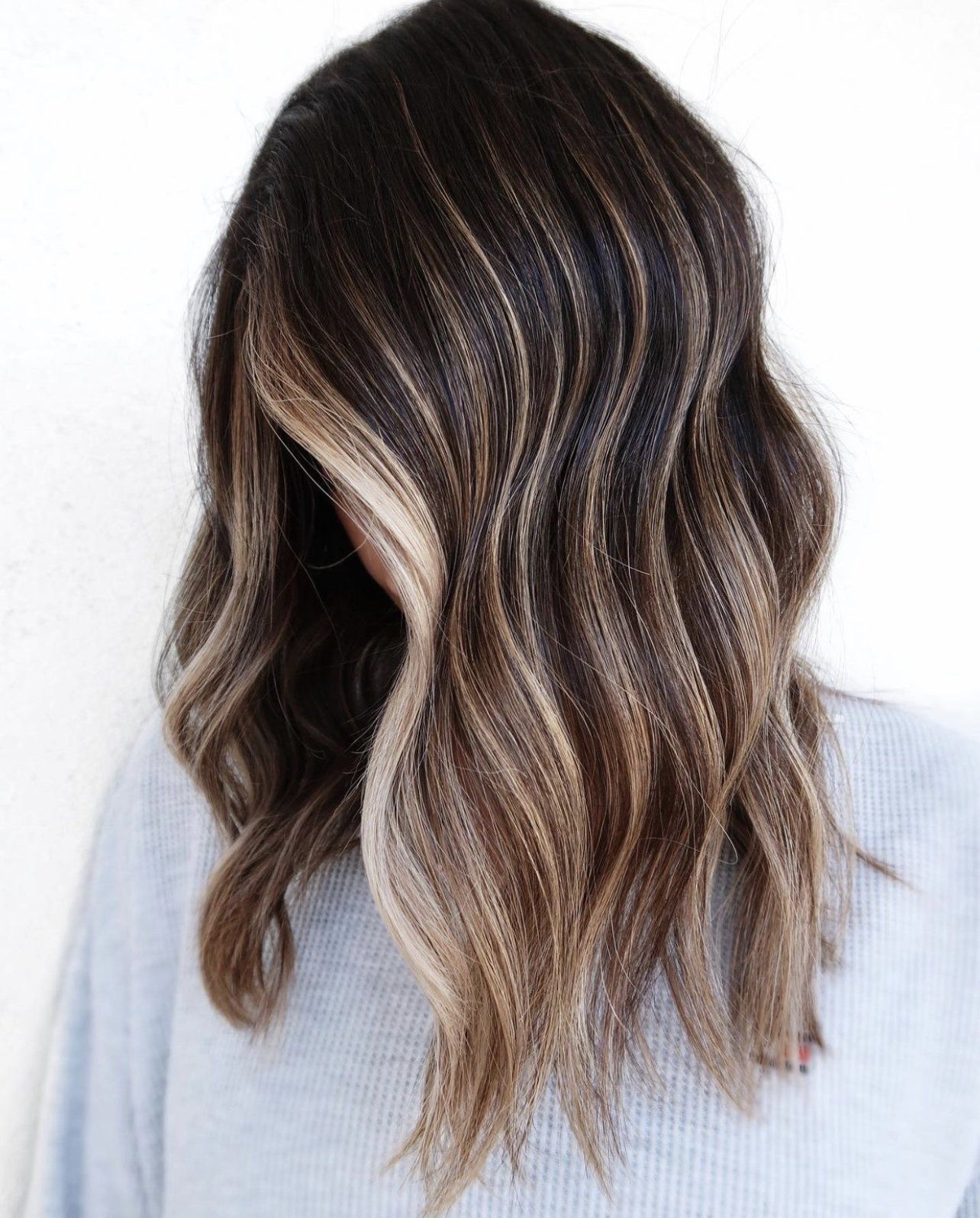4 Ways Hair is Damaged + How to Counteract Them
What is Damaged Hair?
Damaged hair is not uncommon. It is caused when the protective outermost layer of your hair [the cuticle] is split. Think of the shingles on a terra-cotta roof, shrink it microscopically, and that’s what your cuticle looks like. Crazy right? When the cuticle lifts, it causes hair to feel dry and brittle, look dull, and even *gasp* break! The question now is: How do you prevent damage? Before we get there, first, let’s talk about what initially compromises your hair.
4 Ways Hair is Damaged
- Heat
Excessive use of heat/heat styling products especially without heat protectant can be detrimental. Heat damage can cause both physcial and chemical alterations to hair.
- Mechanical/Friction
Any physical manipulation of the hair can disturb the cuticle causing it to flake and tear. Examples: wearing hats, roughly brushing or back-combing, mistreating wet hair [the most fragile state of hair], or constantly wearing scalp-pulling hairstyles i.e. tight ponytails, buns, or braids.
- Environmental
The environment has a greater impact on our hair than we give credit for. Overexposure to UV light [the sun], harsh temperature fluctuations, strong winds, cold/dry air, humidity, and air pollution are contributing factors.
- Chemical
Most commonly caused by coloring or highlighting hair [it's an unavoidable side effect, sorry!] Chemical services strip your hair of lipids [oils]. It's also caused by harsh chemicals found in perms and relaxers.
How to Protect Your Hair
Heat
Consider dialing back your usage to 3-5x/wk for blowouts and 1-2x/wk for heat styling. This will significantly improve your hair health as you limit the amount of times you're frying your ends! And, while you're at it, turn your temperature gauge down to no higher than 250℉ [particularly if you have thin hair]. Additionally, if you aren't currently using a heat protectant... here's a list of products you should try out!
| Product Name | Type | Cost |
|---|---|---|
| Aluram Styling Paste | Cream | $15 |
| VERB Ghost Prep Heat Protectant | Cream | $18 |
| Olaplex N°. 7 | Oil | $28 |
| Moroccanoil Perfect Defense | Dry Spray | $28 |
| R+Co PARK AVE Blow Out Balm | Cream | $29 |
| Leaf + Flower CBD 7-Minute Blowout | Cream | $35 |
Mechanical/Friction
It's impossible to never touch your hair again. Instead, think about simple modifications you can make to daily tasks to minimize physical hair damage. Possibly extending your wash days [it's a journey, but totally do-able]. Use a Wet brush or a wide-toothed comb on damp/towel-dried hair, and always remember to brush bottom to top. It will make detangling 10x easier! Be gentle when styling your hair daily; loose ponytails and buns, messy braids, and jaw clips are great options!
Environmental
Each factor of environmental damage requires an individual solution. Read the table below to discover what your hair could need!
| Factor | What it Looks Like | Affect on Hair | Solution | Product Solutions |
|---|---|---|---|---|
| Sun | Overexposure to UV light | Vulnerable to breakage | Maintain moisture; get frequent trims; avoid extra heat styling | R+Co High Dive ($29); Olaplex N°. 7 ($28) |
| Wind | Strong windy days; car windows down | Tangles | Try loose styles; use a hair primer; wear a silk scarf | VERB Ghost Prep ($18); R+Co Twister Curl Primer ($28) |
| Cold or Dry Air | Winter months; no humidity | Moisture loss | Use leave-in conditioner; get frequent trims; avoid heat styling | Aluram Leave-In Conditioner ($15); Olaplex N°. 6 ($28) |
| Humidity | High moisture [summer] | Uneven absorption of moisture | Use quality salon products; use a boar-bristle brush when blow drying; use a deep-conditioning hair mask | VERB Ghost Hair Mask ($18); Olaplex N°. 8 ($28); Moroccanoil Weightless Hydration Mask ($38); Leaf+Flower Frizz Remedy ($35) |
| Temp. Fluctua-tions | Quick cold to hot transition, vice versa | Shock to hair, loses shine | Get frequent trims; invest in a cool air humidifier; maintain moisture | Aluram Shine Serum ($15); VERB Ghost Oil ($18); Leaf+Flower Phyto-Molecular Oil ($60) |
Chemical
Quality professional products are the primary way to counteract chemical damaged hair. Products you use frequently (shampoo and conditioner) should be sulfate-free as it's more gentle on your scalp and hair. Strive to use products geared towards rebuilding protein. Your hair is 95% keratin, a protein that provides structure, and as you might've guessed, protein bonds are broken during chemical services. Remember that saying, "Too much of a good thing, isn't such a good thing"? Overuse of protein can cause even more damage to hair. Be cautious and follow instructions from your stylist and product package labeling! The other big factor is time. Time heals everything, including hair!
If you have questions or find you need to invest in a high-quality hair care routine, talk with your current stylist or contact/visit me at The Network Salon located in Plantsville, CT for the best recommendations on salon services and at-home products that can help!
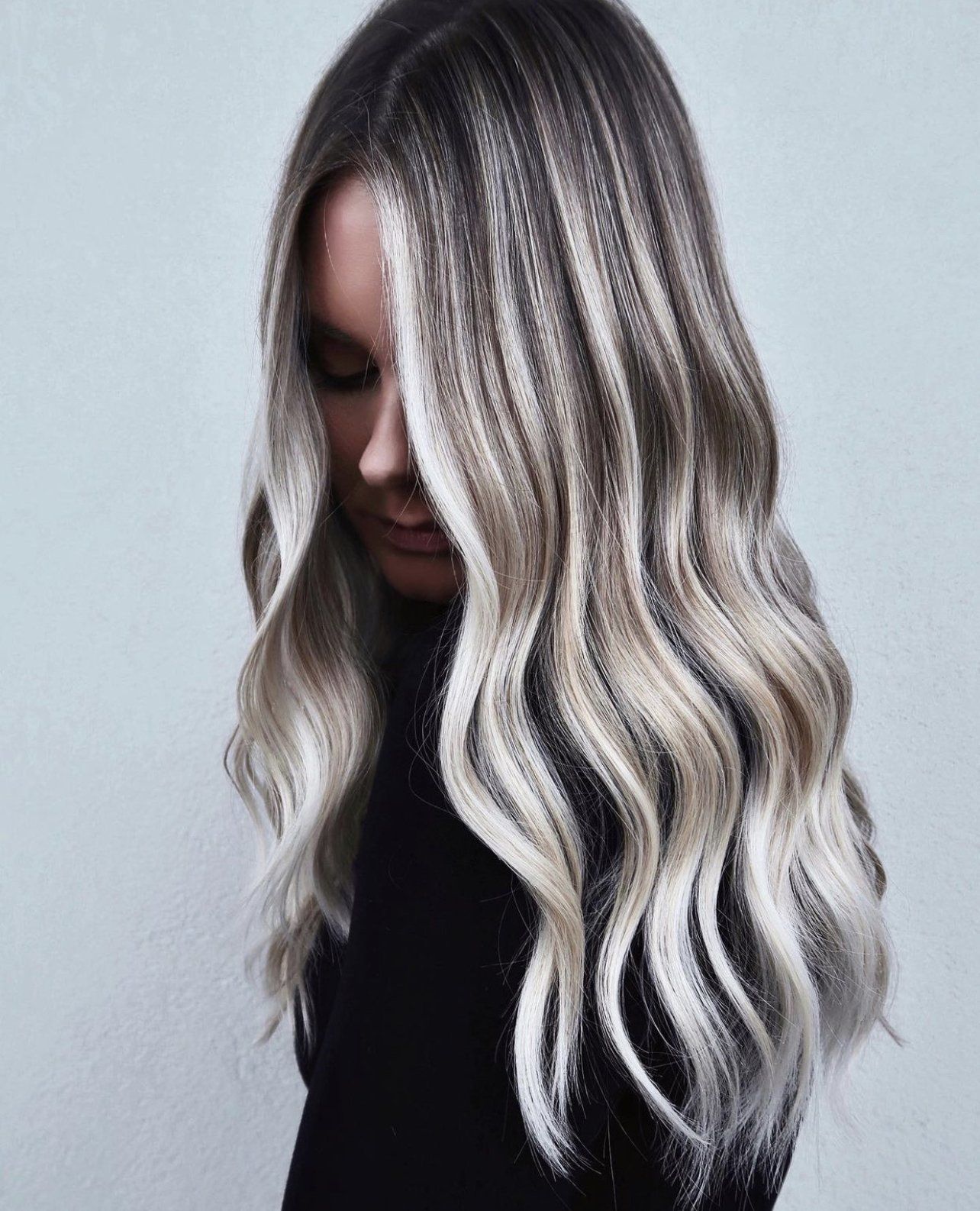

We are a booth rental hair salon, home to some of Connecticut’s most talented hair artists. Our entire team is diverse, kind and qualified to take care of all of your haircare needs. We specialize in everything from barbering, blondes, extensions and the modern cut and color. You can rest assured that any of our talented team members are able to take great care of you! Find your artist today by clicking book now and exploring each artist's profile. For bookings, please reach out to your artist directly. All contact info can be found clearly listed at the top of each artist profile. We hope to meet you soon!
Quick Links
Email ginabiancahair@gmail.com with any questions you may have regarding this website, or anything associated with it.
All Rights Reserved | The Network Salon

